Running one of the largest, most prosperous and most powerful nations in the world as the President of the United States is a stressful task, and these photos will show what sort of effect that stress can have on a person’s health.
The majority of the presidents pictured here spent about 8 years in the presidency, so one could argue that they would have aged one way or another. The stress of their work, however – even for those who spent only 4 or less years in office – definitely speeds up the natural aging process.
The four years of Abraham Lincoln’s presidency, the most tumultuous in America’s history as a nation, left an especially obvious mark on the beleaguered president, and this may have been exacerbated by certain potential medical conditions as well.
Being the president or prime minister of any country can be a stressful experience. If you have a before-and-after photo of your country’s leader, please submit it below!
George W. Bush (2001-2008)
Bush retired to his estate in Texas after serving as president. He remained active in politics, serving as a supporter of conservative causes and as a vocal opponent of the Obama administration’s policies.
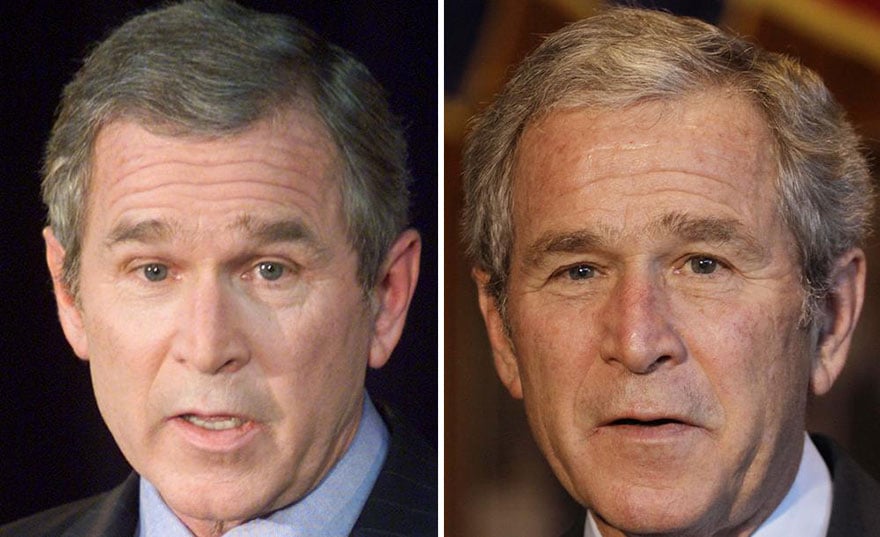
Abraham Lincoln (1861-1865)
Lincoln was assassinated just days after the end of the Civil War, so he did not have a chance to return to private life.
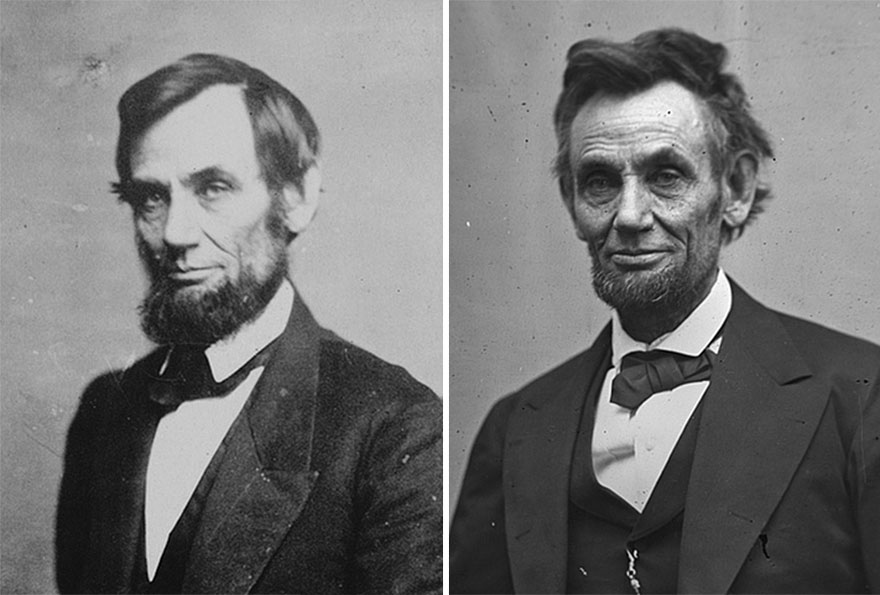
Bill Clinton (1993-2001)
Clinton retired to his estate in New York after serving as president. He remained active in politics, serving as a vocal opponent of the Bush administration’s policies and as a supporter of the Clinton Foundation.
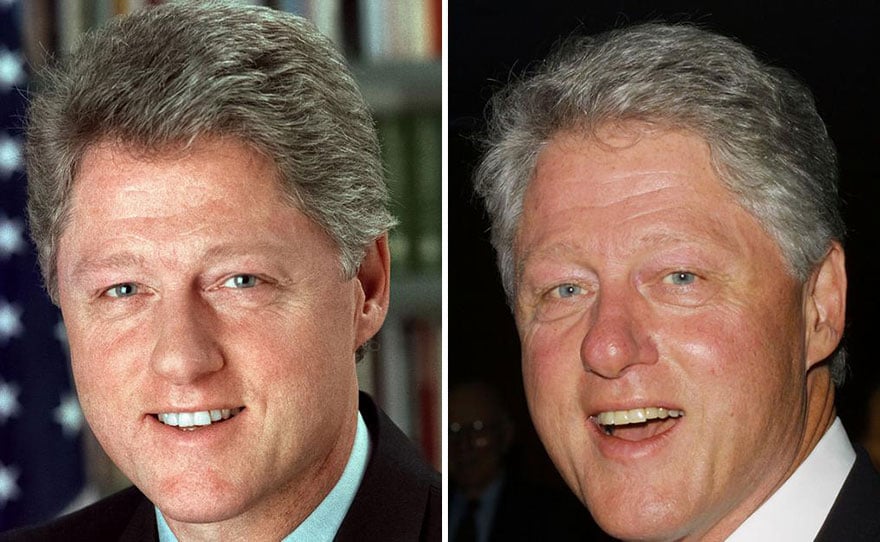
John F. Kennedy (1961-1963)
Kennedy was assassinated in 1963, so he did not have a chance to return to private life.
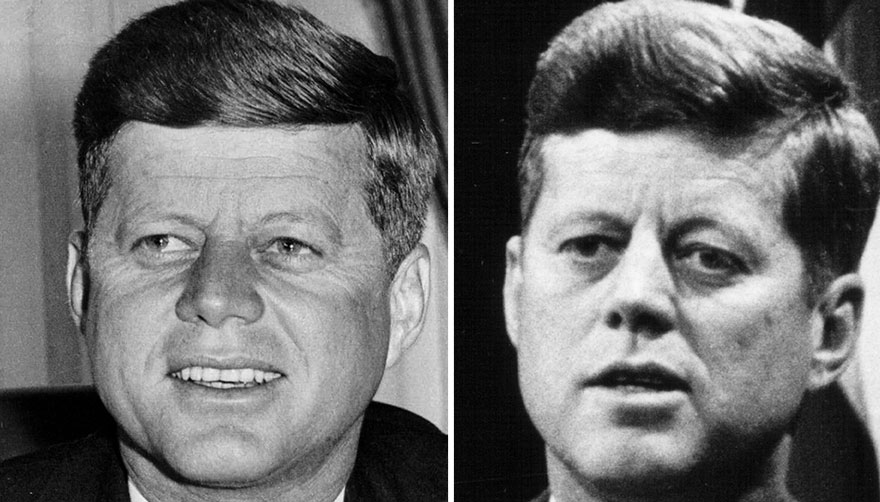
Franklin D. Roosevelt (1933-1945)
Roosevelt died while in office, so he did not have a chance to return to private life.
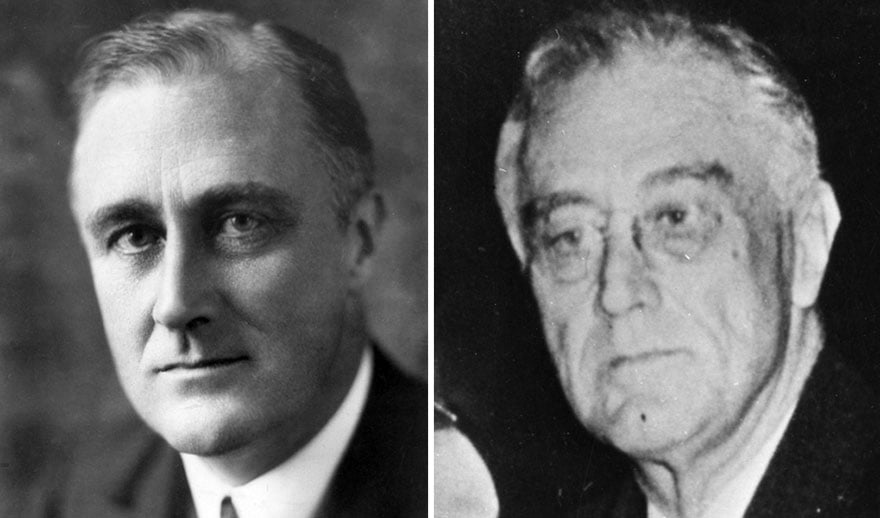
Ronald Reagan (1981-1989)
Reagan retired to his estate in California after serving as president. He remained active in politics, serving as a supporter of conservative causes and as a vocal opponent of the Soviet Union.
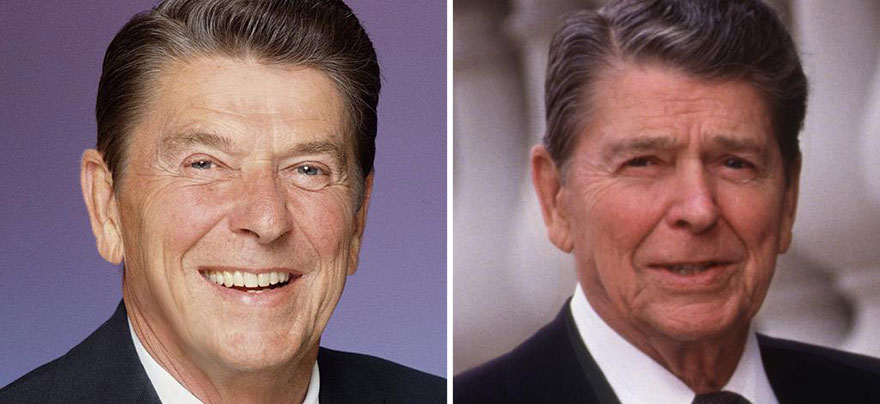
Harry S. Truman (1945-1953)
Truman retired to his hometown of Independence, Missouri, but remained active in politics, serving as a vocal opponent of Senator Joseph McCarthy and as a supporter of civil rights.
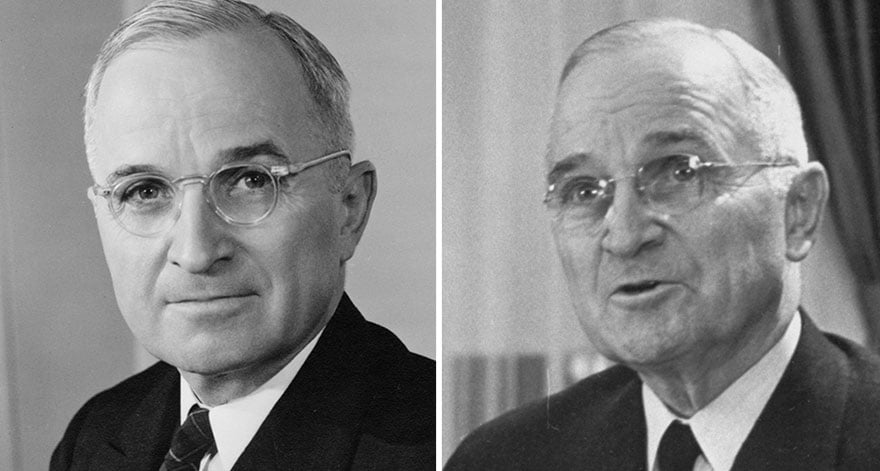
Dwight D. Eisenhower (1953-1961)
Eisenhower retired to his farm in Pennsylvania after serving as president. He remained active in politics, serving as a supporter of civil rights and as a vocal opponent of the military-industrial complex.
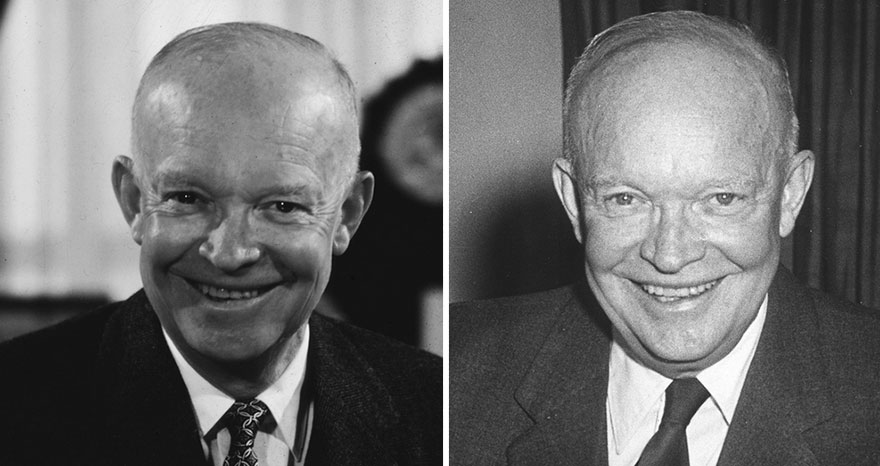
Richard Nixon (1969-1973)
Nixon resigned from office due to the Watergate scandal, so he did not have a chance to return to private life.
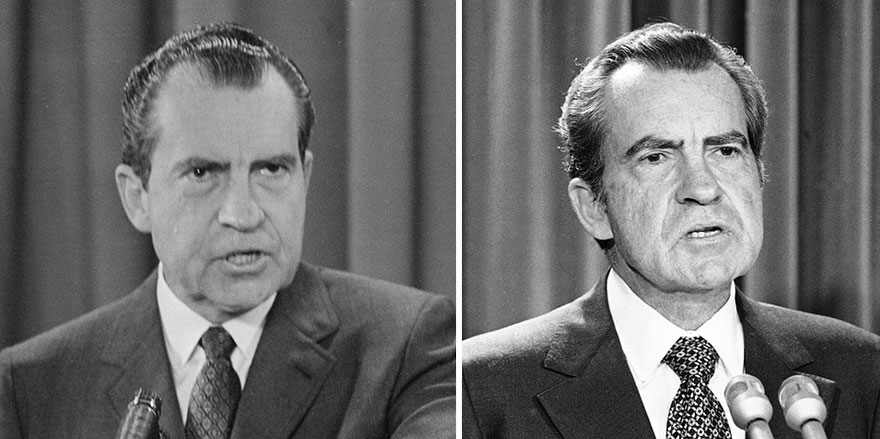
Barack Obama (2008-2014)
Obama retired to his estate in Washington D.C. after serving as president. He remained active in politics, serving as a supporter of liberal causes and as a vocal opponent of the Trump administration’s policies.
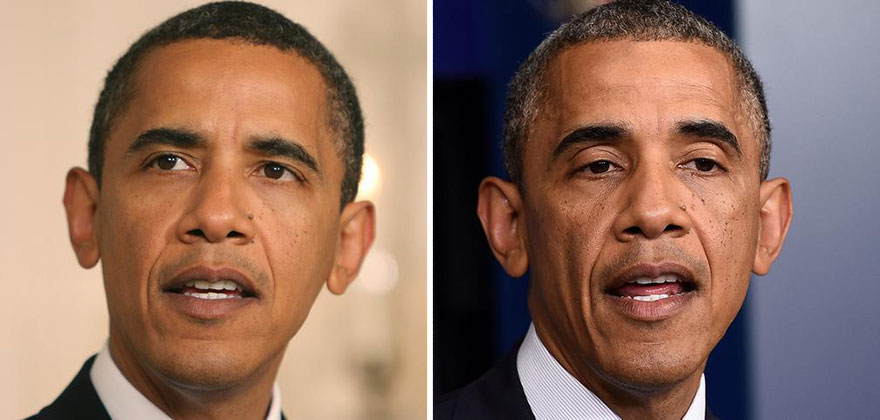
Beyond the White House: The Lives and Legacies of U.S Presidents
A brief overview on how and what former US presidents spent post-retirement life.
George Washington (1789-1797): Washington returned to his estate at Mount Vernon after serving two terms as president. He became an advocate for the ratification of the new U.S. Constitution and helped to establish the nation’s capital in Washington D.C.
John Adams (1797-1801): After his presidency, Adams retired to his farm in Massachusetts and became a prolific writer, publishing several books on politics and government. He also reconciled with his former political rival, Thomas Jefferson, and the two exchanged many letters in the years before their deaths.
Thomas Jefferson (1801-1809): Jefferson retired to his plantation, Monticello, after serving two terms as president. He continued to be active in politics, serving as a mentor to many younger politicians, and founded the University of Virginia.
James Madison (1809-1817): Madison retired to his Virginia plantation, Montpelier, after serving two terms as president. He became involved in the struggle for religious freedom in Virginia and served as a delegate to the Virginia Constitutional Convention in 1829.
James Monroe (1817-1825): Monroe retired to his plantation in Virginia, Highland, after serving two terms as president. He continued to be involved in politics, serving as governor of Virginia and as a delegate to the Virginia Constitutional Convention.
John Quincy Adams (1825-1829): After his presidency, Adams served in the U.S. House of Representatives for nearly two decades, becoming one of the most vocal opponents of slavery in Congress. He also continued his work as a diplomat, serving as U.S. ambassador to Great Britain.
Andrew Jackson (1829-1837): Jackson returned to his plantation, the Hermitage, after serving two terms as president. He remained active in politics, serving as a senator from Tennessee and a leader of the Democratic Party.
Martin Van Buren (1837-1841): Van Buren ran for president again in 1844, but lost to James K. Polk. He retired to his estate in New York, Lindenwald, and remained active in politics, serving as an advisor to several Democratic presidents.
William Henry Harrison (1841): Harrison died just one month into his presidency, so he did not have a chance to return to private life.
John Tyler (1841-1845): Tyler returned to his plantation, Sherwood Forest, after serving as president. He remained active in politics, serving as a senator from Virginia and later as president of the Confederate States of America during the Civil War.
James K. Polk (1845-1849): Polk retired to his estate in Tennessee, Polk Place, after serving one term as president. He died just three months after leaving office.
Zachary Taylor (1849-1850): Taylor died just 16 months into his presidency, so he did not have a chance to return to private life.
Millard Fillmore (1850-1853): Fillmore ran for president again in 1856 as the nominee of the Know Nothing Party, but lost to James Buchanan. After leaving office, he returned to private life and did not play an active role in politics.
Franklin Pierce (1853-1857): Pierce retired to his estate in New Hampshire, the Pierce Manse, after serving one term as president. He remained active in politics, serving as a vocal opponent of the Civil War and as a delegate to the Democratic National Convention in 1864.
James Buchanan (1857-1861): Buchanan retired to his estate, Wheatland, after serving one term as president. He remained active in politics, serving as a delegate to the Democratic National Convention in 1864 and as a vocal opponent of secession during the Civil War.
Abraham Lincoln (1861-1865): Lincoln was assassinated just days after the end of the Civil War, so he did not have a chance to return to private life.
Andrew Johnson (1865-1869): Johnson returned to his plantation in Tennessee, but remained active in politics, serving as a senator from Tennessee and as a vocal opponent of the Radical Republicans who sought to impeach him.
Ulysses S. Grant (1869-1877): Grant retired to his estate in New York, but remained active in politics, serving as a vocal opponent of the Ku Klux Klan and as a supporter of civil rights for African Americans.
Rutherford B. Hayes (1877-1881): Hayes returned to his estate in Ohio, Spiegel Grove, after serving one term as president. He remained active in politics, serving as a delegate to the Republican National Convention and as a supporter of civil service reform.
James A. Garfield (1881): Garfield was assassinated just six months into his presidency, so he did not have a chance to return to private life.
Chester A. Arthur (1881-1885): Arthur returned to his law practice in New York City after serving as president. He remained active in politics, serving as a vocal opponent of Tammany Hall and as a supporter of civil service reform.
Grover Cleveland (1885-1889, 1893-1897): Cleveland retired to his estate in New Jersey, but remained active in politics, serving as a vocal opponent of the gold standard and as a supporter of civil service reform.
Benjamin Harrison (1889-1893): Harrison returned to his law practice in Indiana after serving as president. He remained active in politics, serving as a delegate to the Republican National Convention and as a supporter of the McKinley Tariff.
William McKinley (1897-1901): McKinley was assassinated just six months into his second term as president, so he did not have a chance to return to private life.
Theodore Roosevelt (1901-1909): Roosevelt returned to his estate in New York, Sagamore Hill, after serving as president. He remained active in politics, serving as a vocal opponent of monopolies and as a supporter of conservation.
William Howard Taft (1909-1913): Taft became a law professor at Yale University after serving as president. He remained active in politics, serving as a delegate to the Republican National Convention and as Chief Justice of the Supreme Court.
Woodrow Wilson (1913-1921): Wilson retired to his estate in New Jersey, but remained active in politics, serving as a vocal opponent of the Treaty of Versailles and as a supporter of the League of Nations.
Warren G. Harding (1921-1923): Harding died of a heart attack while in office, so he did not have a chance to return to private life.
Calvin Coolidge (1923-1929): Coolidge returned to his estate in Vermont, but remained active in politics, serving as a vocal opponent of the New Deal and as a supporter of limited government.
Herbert Hoover (1929-1933): Hoover retired to his estate in California after serving as president. He remained active in politics, serving as a vocal opponent of the New Deal and as a supporter of civil rights.
Franklin D. Roosevelt (1933-1945): Roosevelt died while in office, so he did not have a chance to return to private life.
Harry S. Truman (1945-1953): Truman retired to his hometown of Independence, Missouri, but remained active in politics, serving as a vocal opponent of Senator Joseph McCarthy and as a supporter of civil rights.
Dwight D. Eisenhower (1953-1961): Eisenhower retired to his farm in Pennsylvania after serving as president. He remained active in politics, serving as a supporter of civil rights and as a vocal opponent of the military-industrial complex.
John F. Kennedy (1961-1963): Kennedy was assassinated in 1963, so he did not have a chance to return to private life.
Lyndon B. Johnson (1963-1969): Johnson retired to his ranch in Texas after serving as president. He remained active in politics, serving as a supporter of civil rights and as a vocal opponent of the Vietnam War.
Richard Nixon (1969-1974): Nixon resigned from office due to the Watergate scandal, so he did not have a chance to return to private life.
Gerald Ford (1974-1977): Ford returned to his law practice in Michigan after serving as president. He remained active in politics, serving as a vocal opponent of the Reagan administration’s foreign policy.
Jimmy Carter (1977-1981): Carter returned to his peanut farm in Georgia after serving as president. He remained active in politics, serving as a vocal opponent of the Reagan administration’s economic policies and as a supporter of human rights.
Ronald Reagan (1981-1989): Reagan retired to his estate in California after serving as president. He remained active in politics, serving as a supporter of conservative causes and as a vocal opponent of the Soviet Union.
George H.W. Bush (1989-1993): Bush returned to his estate in Texas after serving as president. He remained active in politics, serving as a supporter of conservative causes and as a vocal opponent of the Clinton administration’s policies.
Bill Clinton (1993-2001): Clinton retired to his estate in New York after serving as president. He remained active in politics, serving as a vocal opponent of the Bush administration’s policies and as a supporter of the Clinton Foundation.
George W. Bush (2001-2009): Bush retired to his estate in Texas after serving as president. He remained active in politics, serving as a supporter of conservative causes and as a vocal opponent of the Obama administration’s policies.
Barack Obama (2009-2017): Obama retired to his estate in Washington D.C. after serving as president. He remained active in politics, serving as a supporter of liberal causes and as a vocal opponent of the Trump administration’s policies.
Donald Trump (2017-2021): Trump returned to his business interests after leaving office. He remained active in politics, serving as a supporter of conservative causes and as a vocal critic of the Biden administration’s policies.
